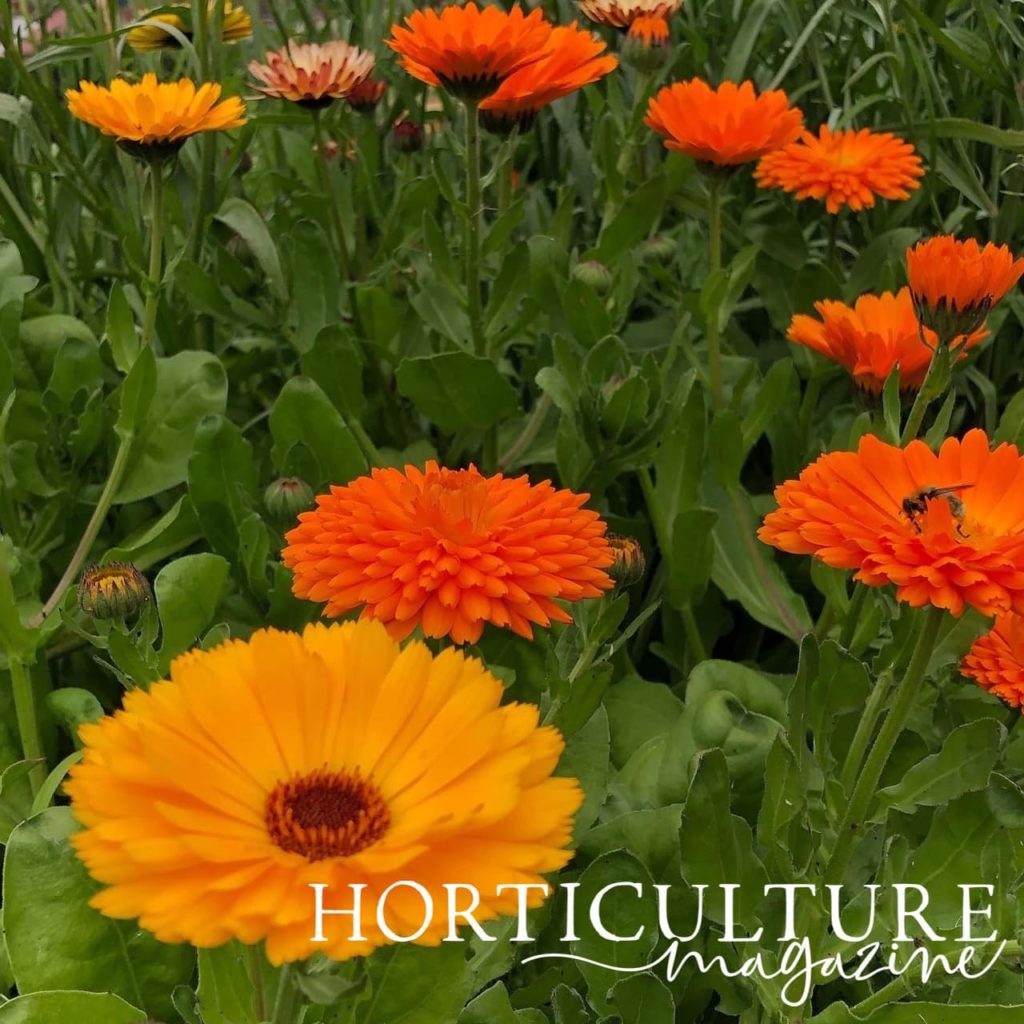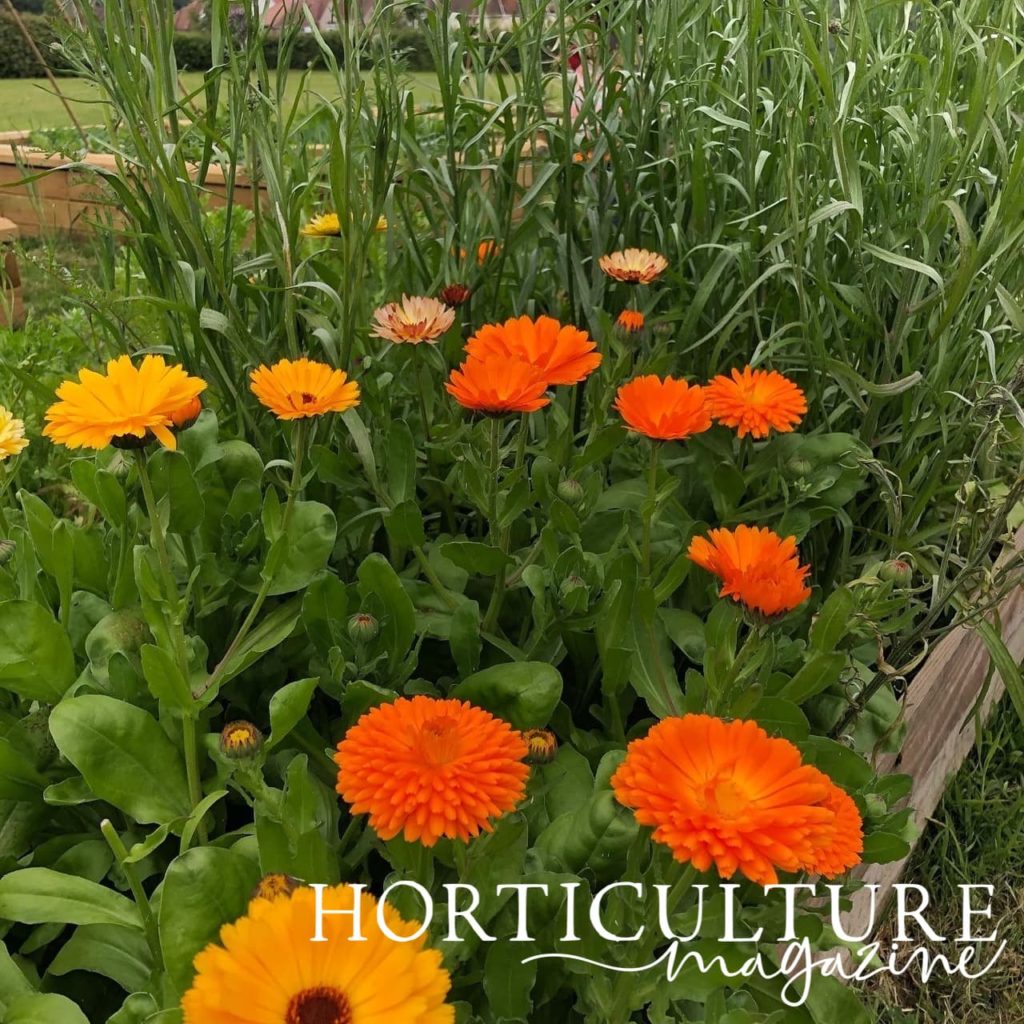Calendula Will Readily Self-Seed, Deadhead Them If You Only Want This Season’s Flowers

ANNUALS > CALENDULA > DEADHEADING

Elizabeth is a Permaculture Garden Designer, Sustainability Consultant and Professional Writer, working as an advocate for positive change. She graduated from the University of St. Andrews with an MA in English and Philosophy and obtained a Diploma in Applied Permaculture Design from the Permaculture Association.
Reviewed By ROY NICOL

Roy is a Professional Gardener and Horticultural Consultant, specialising in large garden year-round maintenance and garden development. He is an RHS Master of Horticulture and uses his research in the application of no-dig methods in ornamental garden settings. Roy has been a Professional Gardener for more than six years and is a member of the Chartered Institute of Horticulture, Professional Gardener's Guild and Association of Professional Landscapers (Professional Gardener).
Contributions From EMILY CUPIT

Emily is a Gardening Writer, Photographer and Videographer from Derbyshire, UK. She is the Founder of Emily's Green Diary - a community of more than 75,000 people who share in her gardening journey.
IN THIS GUIDE
CALENDULA GUIDES
Deadheading
Growing From Seed
Varieties
Calendula is a beautiful annual flower, but it is not just an ornamental.
Calendula can also be a very valuable addition for wildlife, and a great companion plant for your vegetable garden – helping to draw in pollinators and predatory insects to keep pests at bay.
Calendula can bloom over a relatively long period, through the summer and sometimes into early autumn.
When they are happy they often self-seed readily and pop up year after year.
One key thing to consider when growing Calendula is deadheading, and whether this is something that you want or need to do.
| Difficulty | Easy |
| Equipment Required | Secateurs, gloves (optional) |
| When To Deadhead | Through summer; early autumn |
Why Deadhead Calendula?
It is important to note that deadheading Calendula is not strictly essential.

You don’t need to undertake this job at all, unless you wish to do so for a specific reason.
The main reasons to deadhead Calendula are:
- To encourage the plants to produce more blooms.
- To reduce overcrowding and ensure good light and airflow.
- To keep your garden looking neat and attractive.
- To prevent the plants from self-seeding.
Calendula do tend to flower freely over the summer whether or not you deadhead.

But deadheading can encourage the plants to put their energy into forming new flowers, rather than putting it into producing seed.
You might not need to deadhead the spent blooms if, instead, you harvest the blooms for their edible petals, use them for other purposes around your home, or use them for cut flower arrangements.

If calendula are growing in profusion, sometimes, cutting or nipping off the spent blooms can help to keep the plants healthy and flowering well by reducing congestion and allowing good airflow around the plants.
You may also prefer to remove the spent blooms if you like your garden to look immaculate all summer long – for aesthetic reasons.
If the calendula are in the right spot, they can self-seed readily, and this can be wonderful for a low-maintenance scheme.
But in certain circumstances, when growing them as an annual with annual crops in rotation, for example, you might not always want them to do so.

So removing the faded flowers before seeds form can stop the plants from spreading their seeds around the area.
“If seed heads are allowed to develop and dry out on the plant, seed can be collected and placed in a paper envelope, kept cool and dry over the winter and sown in the spring for next year’s flower display,” explains Roy Nicol, Professional Gardener and Horticulturist.
“Although the resulting flowers may not be the same as the original, I find it’s an easy way to grow new plants for free!”
How To Deadhead Calendula
The deadheading process could not be simpler.

You can simply nip off the flowering heads with a finger and thumb once the bloom is spent.
Or, if you are a perfectionist, or the space seems overcrowded, you can take a pair of secateurs or gardening scissors and snip off the flowering stems as low down as possible.

How zealous you are about deadheading will depend on how many calendulas you are growing, where, and in what type of scheme.

Just remember, while it can be beneficial, deadheading calendulas is not something to worry about if you are short on time.
